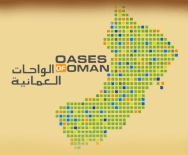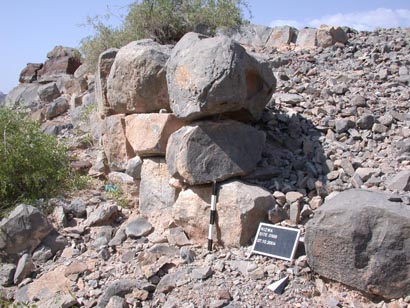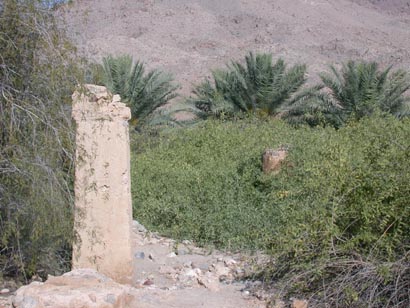 |
| Archaeology |
| History |
| Urban Planning |
| Agriculture |
| Landscape Ecology |
 |
Work package: Archaeological investigations in respect to the origin and development of oasis settlements in Oman Contact Person: Dr. Jutta Häser, German Protestant Institute of Archaeology, Amman Scientific staff and PhD students: Dr. Jutta Häser, Dr. Jürgen Schreiber, Frank Voigt, M.A. Objectives: The research is focused on processes of transformation throughout history, regarding the architecture and material culture, the economy and ecology of the oasis settlements in a regional and interdisciplinary approach. The aim of the archaeological study is the investigation of the settlement in respect to their establishment and development as well as their ecological setting. Study locations:
Archaeological survey at Nizwa in 2005 The oasis of Nizwa is one of the main oasis settlements in Oman in historical times as well as today and was for some hundred years the capital of Oman. It is situated at the southern foot of the Jebal al-Akhdar where the ophiolite mountains are cut by the Wadi al-Abyad and the Wadi Kalbuh creating a flat depression. It extends from Farq in the south to Wadi Sumit in the north over a distance of 20 km. The east-west extension is not more than 3 km. Today, the city has about 60.000 inhabitants.
Support The archaeological project was financed by the German Institute of Archaeology, the Sultan Qaboos University Muscat and the German Research Foundation.
© Jutta Häser
|
|||||||||||||||||

